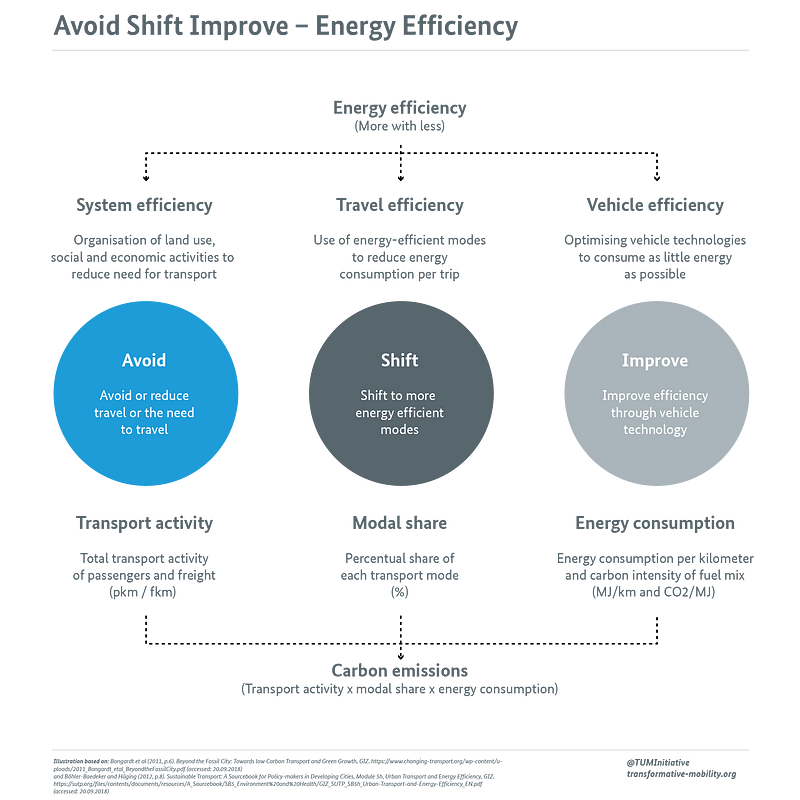Enhancing Your Thinking Through Reductionism Techniques
Written on
Chapter 1: Introduction to Reductionism
I am currently diving into a thought-provoking book:
The 5 Elements of Effective Thinking
This concise and engaging read encourages readers to rethink their perspectives and is filled with insightful quotes, such as one from Picasso.

In exploring how I can leverage the three primary forms of reductionism to enhance my cognitive processes, I found the following definitions particularly enlightening:
- Ontological Reductionism: The idea that reality can be understood through a minimal set of components.
- Methodological Reductionism: The scientific approach that seeks explanations through increasingly smaller units.
- Theory Reductionism: This posits that a new theory does not entirely replace an older one but rather simplifies it to its fundamental aspects. Theory reduction can be broken down further into three aspects: translation, derivation, and explanation.
Section 1.1: Ontological Reductionism
Through ontological reductionism, one can “clear the cutter,” or eliminate unnecessary elements while still reaching a specific objective. A straightforward illustration of this principle is that aircraft don’t need to flap their wings to achieve flight, unlike birds. By omitting the action of flapping, we still attain the goal of flying but with fewer components.
A vital aspect of ontological reductionism is adopting a top-down approach, where having a clear goal can facilitate the process of simplifying.
Section 1.2: Methodological Reductionism
Methodological reductionism is aptly summarized by a quote from George Pólya found in the book:
“If you can’t solve a problem, then there is an easier problem you can solve: find it.”
This perspective suggests that one can incrementally approach the complex problem by first tackling simpler issues.
Chapter 2: Theory Reductionism
In cognitive terms, theory reductionism is akin to the concept of chunking. By organizing information into manageable units, you can indirectly practice ontological reductionism, resulting in fewer elements to manipulate and connect, much like assembling a jigsaw puzzle.
The first video titled "What is Reductionism?" delves into the concept of reductionism, providing a clear understanding of its implications and applications.
The second video, "Holism & Reductionism," explores the relationship between these two approaches and how they can be balanced for better comprehension and problem-solving.
Related article:
Try to Think of Elements That Lead to the Highest Activation of Concepts
Elements = e.g. questions